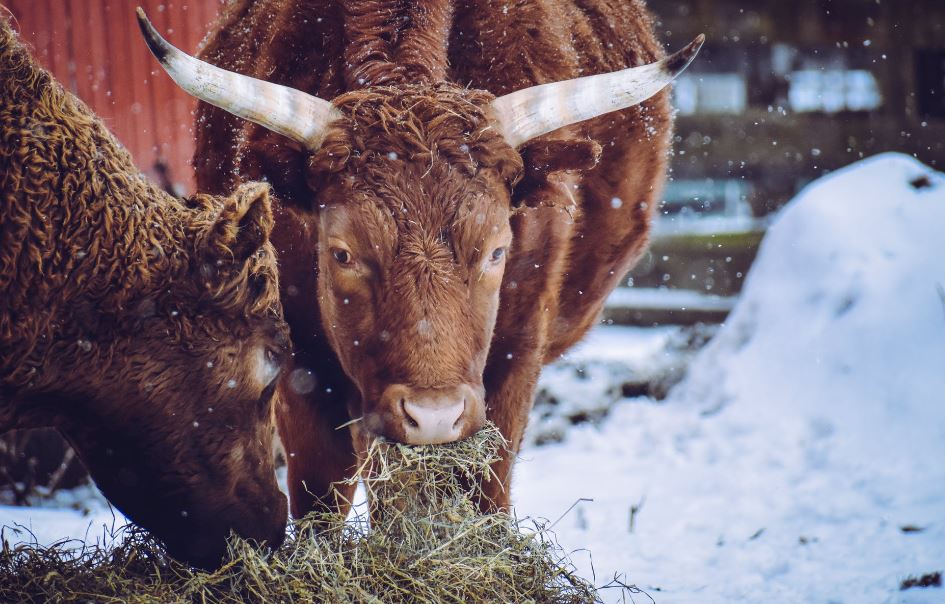The Swett Family Homestead and Its Legacy
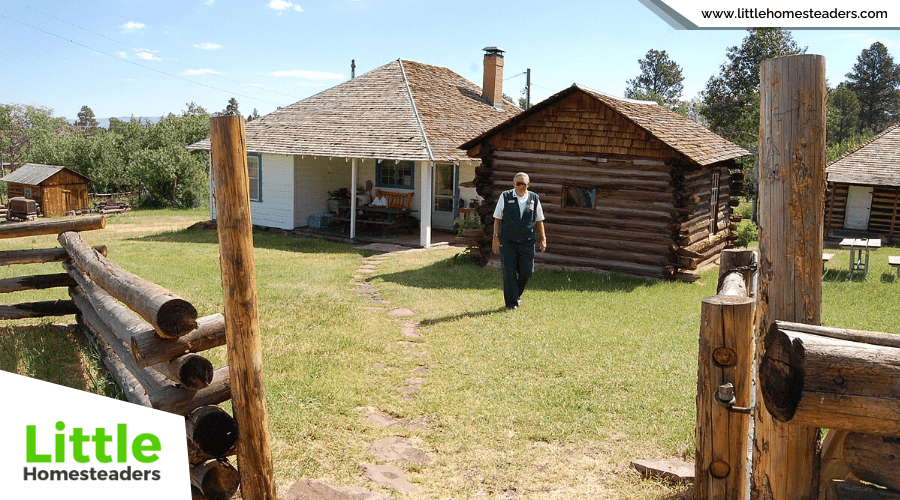
The Swett Family Homestead, located in the rugged hills of Greendale, Utah, tells a story of resilience, creativity, and hard work—qualities that defined early American pioneers. The homestead also reflects key historical shifts, including westward expansion and the transformation of rural life as urban sprawl and federal land policies reshaped the American landscape.
As the Swetts watched their dirt trails turn into paved roads and grazing lands give way to national forests, they became part of a larger narrative of adaptation and resilience in the face of societal and environmental change. From its early beginnings in colonial Massachusetts to its final chapter as part of the Flaming Gorge National Recreation Area, the Swett family's story mirrors the nation’s transformation over centuries.
Early Swett Family Roots in Colonial America
The Swett family’s American journey began in the 1630s or 1640s when John Swett immigrated to Massachusetts from England. As a shoemaker in Charlestown, Massachusetts, John Swett laid the foundation for a family legacy of enterprise and community contribution. By the early 18th century, the Swetts expanded their influence by operating a ferry and tavern in Rocks Village, Haverhill. These businesses served as vital hubs for trade and social interaction, reflecting the entrepreneurial spirit of early colonial settlers.
Generations of Swetts continued to play pivotal roles in their communities. William Swett, born in 1730, embodied the family’s patriotic dedication, serving in both the French and Indian War and the Revolutionary War.
These contributions highlight the family’s dedication to their community and the ideals of the emerging nation.
Moving West and Pioneering the Frontier
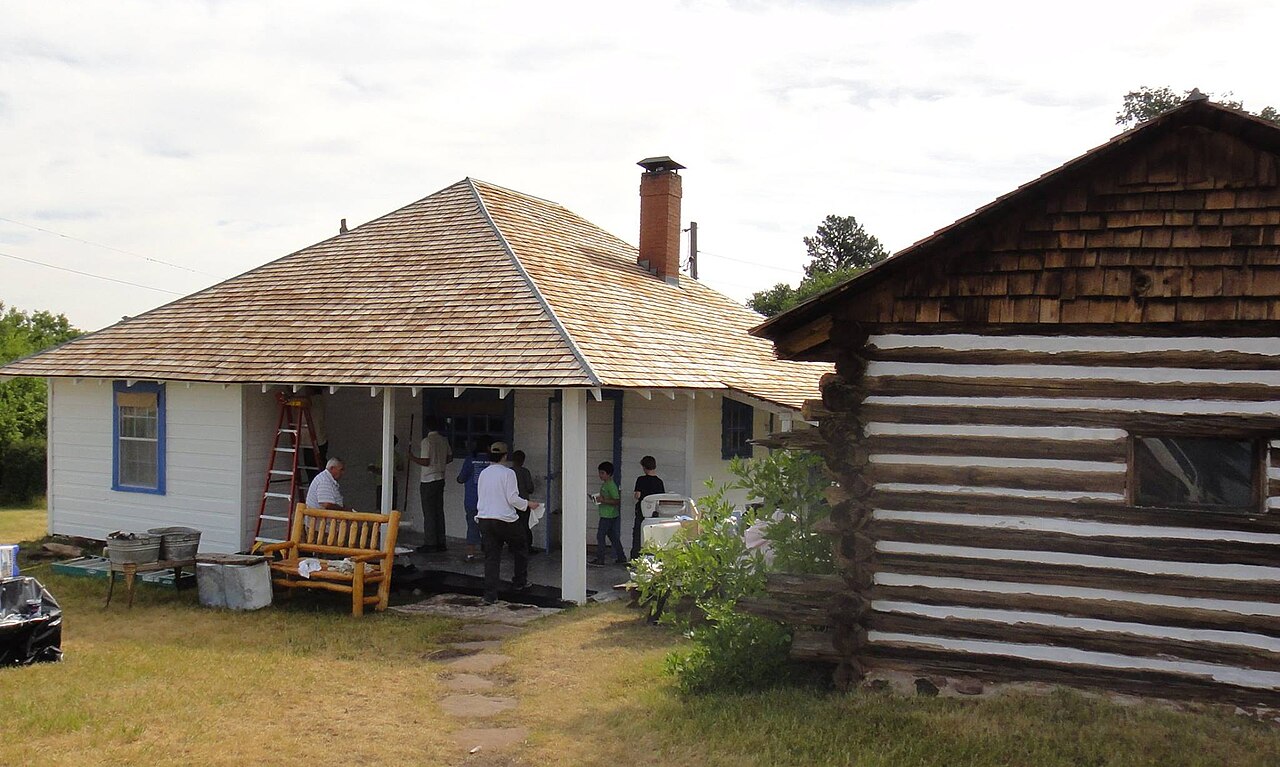
As America expanded westward, the Swett family joined the movement, carrying their legacy to Utah’s remote frontiers. In 1909, Oscar Swett’s mother filed a homestead claim on 151 acres near the area that would later become the Flaming Gorge Reservoir. This claim was significant as it marked the Swett family’s entry into a dwindling opportunity for homesteaders; by the early 20th century, most prime homesteading land in the U.S. had already been claimed.
Compared to earlier efforts in the 19th century, Oscar’s claim represented one of the last waves of settlement in an era when federal policies encouraged individuals to cultivate and develop remote lands. The Swetts’ perseverance in establishing a foothold despite these challenges highlights their resilience and the historical importance of late-stage homesteading in America. At just 18, Oscar inherited the claim and embarked on a life defined by hard work and resourcefulness.
Oscar and his wife, Emma Eliza Oziek, initially used the land as a summer retreat, drawn by its natural beauty and opportunities for seasonal farming and grazing. During these summers, they began clearing land and establishing the foundations of what would become their permanent homestead. The shift to year-round living was driven by their growing investment in the property, the need for more stable income through cattle and lumber sales, and the desire to build a sustainable home for their expanding family. Over time, this seasonal retreat evolved into a full-time residence that reflected their commitment to carving out a life in the rugged Utah frontier.
Their investment grew into a permanent home, marked by the construction of three family residences. Each home symbolized the Swetts’ expanding family and evolving needs. The first structure, a one-room cabin relocated from McKee Draw, gave way to a two-bedroom log cabin in 1919 and, eventually, to the five-room “white house” in 1929, painted white years later. By the time their youngest daughter, Wilda, was born in 1936, Oscar and Emma had nine children and a bustling homestead.
Life on the Swett Homestead
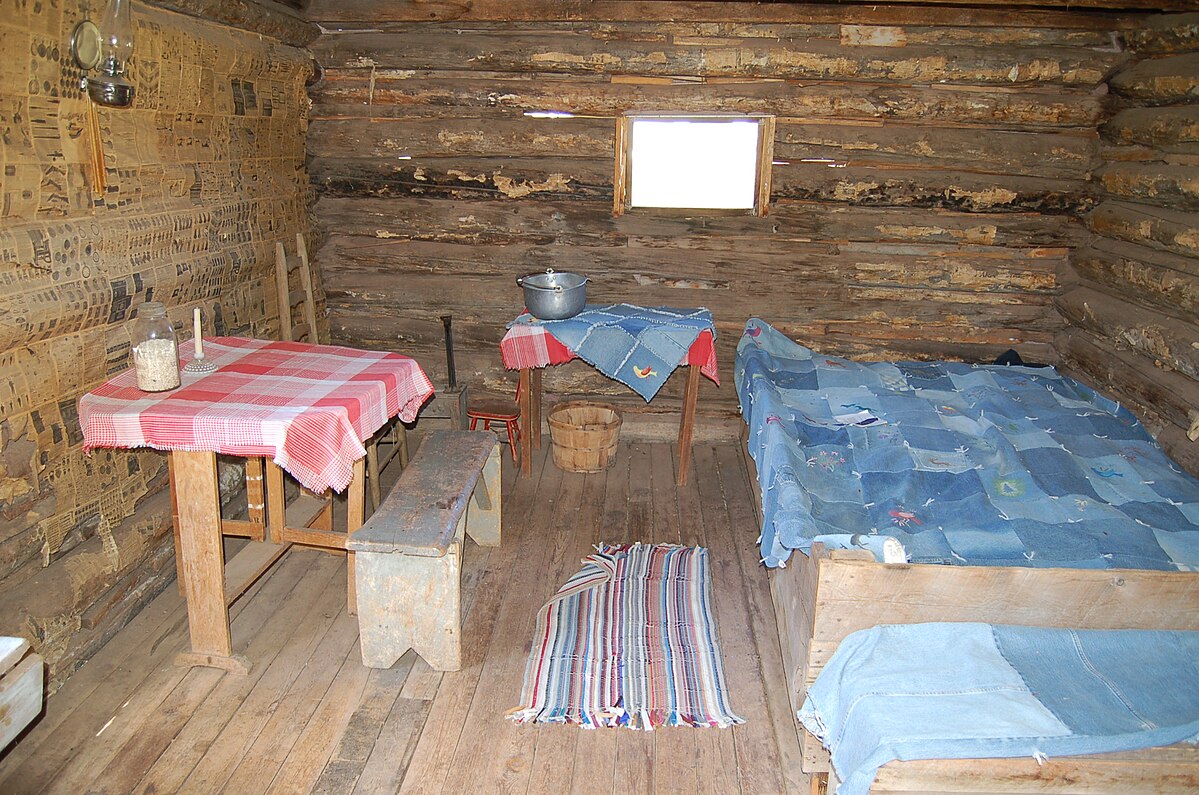
Homesteading was no easy task, and the Swett family’s days were defined by tireless labor. Every family member, regardless of age or gender, contributed to the upkeep of the homestead. The family’s primary income came from selling cattle and lumber. In 1921, Oscar purchased a steam-powered sawmill, but a tragic boiler explosion delayed its use. Undeterred, he switched to a water-powered sawmill, collecting lumber from trees marked by Forest Service rangers in the Ashley National Forest.
Oscar’s recollections of hauling lumber underscore the challenges of frontier life: “That was quite an experience. You go up this mountain [south of the homestead] and get you a load of logs on there and start off and there was no stop ‘til you hit the bottom. Just as hard as the team would run.” These accounts capture the mix of risks and determination that defined life for early 20th-century homesteaders.
Despite economic challenges, the Swetts thrived through community connections.
For example, the one-room schoolhouse often hosted dances and holiday gatherings, where families came together to share music played on a hand-cranked phonograph. During harsh winters, neighbors organized horse-drawn sleigh rides to visit one another, ensuring that social ties remained strong even in isolation. Collaborations extended to practical tasks as well; neighbors helped one another build fences, can food, and manage livestock. These shared experiences created a vibrant, supportive community that was essential for enduring the hardships of frontier life.
Social gatherings, from schoolhouse dances to holiday celebrations, fostered bonds that helped neighbors weather the hardships of frontier life. These events brought warmth and joy to an otherwise isolated existence.
Overcoming Challenges and Adapting to Change
As federal policies and land use regulations evolved, the Swetts faced new challenges. The expansion of Ashley National Forest and the construction of the Flaming Gorge Dam dramatically altered the landscape and limited access to previously available resources. Grazing land and lumber supplies dwindled, forcing the Swetts to adapt. By the late 1950s, they were the last original settlers remaining in Greendale.
Oscar Swett’s resilience in the face of these changes exemplifies the ingenuity of homesteaders. His ability to shift from steam-powered to water-powered milling, manage cattle operations, and maintain community ties showcased his resourcefulness and tenacity. However, the economic pressures of maintaining the homestead eventually proved insurmountable.
A Legacy Preserved
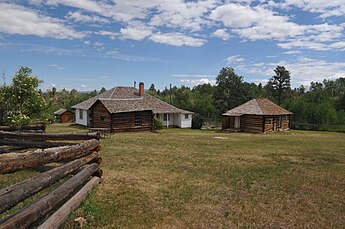
Image: JERRYE AND KLOTZ MD, SWETT RANCH, DAGGETT COUNTY, UTAH, CC BY-SA 3.0
In September 1968, Oscar passed away at home after a day of fieldwork, marking the end of an era. Two years later, Emma sold the ranch, and in 1972, the U.S. Forest Service purchased the property, transforming it into a museum. Today, visitors to the Swett homestead can explore the original buildings, preserved as part of the Flaming Gorge National Recreation Area. The site offers a unique glimpse into the lives of early 20th-century homesteaders, showcasing structures like the original one-room cabin, the two-bedroom log cabin, and the five-room “white house.” Each building tells a story of growth and adaptation, reflecting the Swett family's journey from modest beginnings to a thriving homestead. Visitors can also learn about the challenges and triumphs of frontier life through interpretive displays, personal artifacts, and oral histories preserved by the Swett family.
Seasonal tours provide an immersive experience, allowing guests to step back in time and better understand the resilience and ingenuity required to survive in such a remote and rugged environment. These structures—from the modest log cabin to the “white house”—offer a window into the daily lives of early 20th-century homesteaders.
Oral histories from Swett family members have become invaluable in understanding the nuances of their experience. These accounts highlight the role of women like Emma in maintaining the homestead and fostering a sense of ecojustice. Through their stories, we gain insight into the resilience required to thrive in such challenging conditions.
Lessons for the Modern Era
The Swett family’s story resonates beyond its historical context, offering lessons for today’s challenges. Their ability to adapt to changing circumstances, prioritize community, and live sustainably holds relevance in a world increasingly concerned with environmental conservation and social resilience. The Swetts’ ingenuity in using available resources and fostering strong communal ties reminds us of the power of cooperation and creativity in overcoming adversity.
Conclusion
The Swett Family Homestead is more than a historical site; it reflects the growth and evolution of America over generations. From colonial shoemakers to Utah homesteaders, the Swett family’s journey reflects the resilience and determination that define the nation’s history. By preserving their story, we honor the legacy of those who came before us and draw inspiration to face our own challenges with courage and ingenuity.

